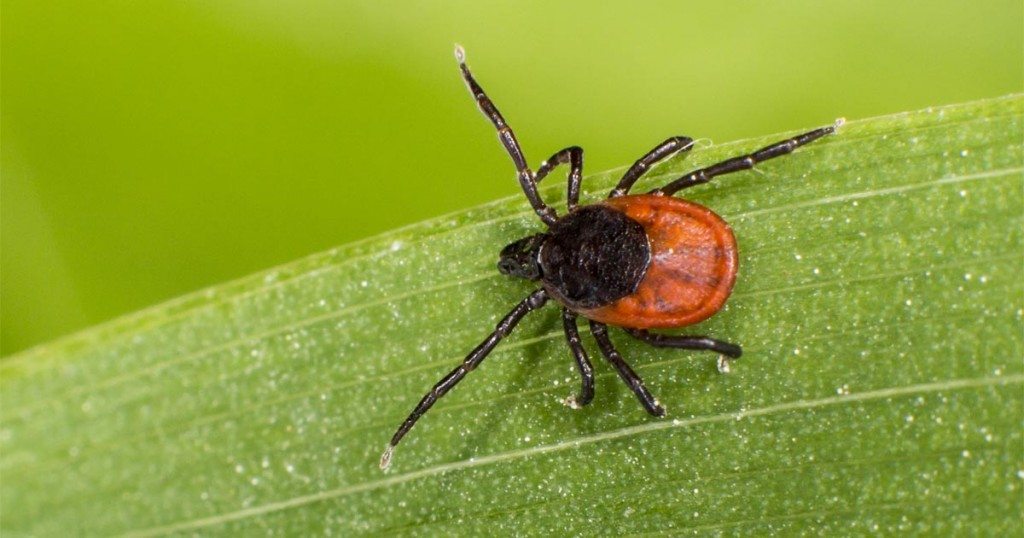1 Jun 2017
What did 1,000 dog owners tell us about pet parasites?
New research reveals pet owner’s biggest concerns, and also highlights a worrying lack of understanding of the key parasite risks.

IMAGE: uhercikova/Shutterstock.com

IMAGES: uhercikova and wavebreakmedia/Shutterstock.com
As veterinary professionals, most of us will be aware of how people feel about their pets but will know that this doesn’t always mean that they take the action they need to protect the pet’s health.
With that in mind, Merial Animal Health asked more than 1,000 dog owners* what they thought about pet parasites and the results may surprise you. Lungworm and ticks are just two of the increasing parasite threats to pet health and they are also the parasites that most concern dog owners. It’s clear, however, that while pet owners know enough to be worried, they still don’t fully understand the risks.
The importance of ticks and lungworm

An impressive 82% of dog owners are able to correctly identify that lungworm could be fatal to their pet. It’s clear though that not all pet owners are well-informed, as some identified lungworm as the pet parasite that presents the greatest risk to HUMAN health (43% said this was the most risky).
It is perhaps then not so surprising that almost three quarters of respondents said that lungworm was the pet parasite that most concerns them overall; the highest concern by quite some margin compared to other parasites.
Over a third (36%) say they worry about ticks and 48% realise that ticks can cause fatalities in pets because of the diseases they transmit. Despite the high profile press coverage, only 28% also recognise that ticks (as a transmitter of Lyme disease in people) are a risk to human health.
With increasing distribution and year-round feeding habits, ticks represent a growing threat1,2, yet one that some pet owners are failing to identify as being a serious risk. While dog owners rate ticks as one of their top two threats, if they knew more about the risks, they would likely be viewed with even greater concern.
Fleas are often quoted as being the parasite that motivates pet owners to treat their pet, and this can probably be attributed to their visibility and obvious effects (itching). Some 49% of pet owners had treated for fleas in the last month but fewer said they had treated for all the other parasites.

Oddly enough, fleas were also the parasite that dog owners thought were least damaging to the health of their pet – with 8% saying that fleas don’t affect health at all. In other words, fleas are the least worried about but the most treated.
Just 7% say they think roundworm could threaten human health, highlighting a real need for increased awareness and education on the importance of regular worming, especially for family pets.
The survey found that one in four people didn’t realise their pet could have parasites but that they might not be visible, as is often the case with lungworms, hard-to-find ticks and roundworms and the microscopic eggs they produce. There’s a real opportunity here to make sure that clients are informed about these ‘silent’ infestations that can have real consequences for their pets and their families.
It’s a loving relationship
While 85% happily hug their dogs, nearly a third have also found pet parasites on themselves or their children, but despite this, most don’t know which parasites are the most risky for their pets or their families.

The survey found that the majority of people let their pet sleep on their bed (54%), or sit on their sofa (74%) or lap. Most pet owners (51%) let their pet lick their faces and give them kisses. A few go one step further, letting their pet lick the family’s plates (12%) and sit at the dinner table (5%).
Over a third of people say they never think about the parasites their pet might be hosting, despite the potential risks.
While many veterinary professionals would probably admit to sharing some of the same pet owner habits, at least they do so while fully aware of the risks of zoonotic disease and know what action to take in order to protect their family’s health.
It’s a healthcare message that we might tend to assume is “common sense”, but that obviously isn’t the case and it is perhaps something to raise when talking about parasite control.
Failing to act
All of this concern should really translate into good uptake and compliance with parasite control programmes but there is clearly a real lack of understanding about the presence and consequences of parasite infestation.
Around 1 in 6 pet owners say that it’s been about a year since they last treated their pet for ticks, lungworm or roundworm. Despite high levels of awareness about the deadly effects of lungworm, 23% admitted that they don’t know if their pet has ever been treated for lungworm. Given the rapidly changing distribution of this parasite4,5, it may be true that some of those clients have never received a recommendation to treat for lungworm – a situation that’s very likely to change in the coming months.

Pet owners also perceive there to be significant barriers to treatment and compliance.
Many avoid certain actions after treating their pet against parasites: 61% avoid bathing their dog or letting it swim, 41% avoid contact with their dog and 33% avoid letting their dog on the sofa or bed. So their usual pet care routines and habits are disrupted by treatment, despite the availability of different formats of parasite treatment, such as oral chews, that would mean this isn’t necessary.
Where are the opportunities for education?
In the year ahead, many practices will be reviewing their parasite control protocols. Expanded tick distribution, the increasing threat of lungworm and newly emerging threats such as babesiosis1-5 mean that products and routines that have been used in the past might not be enough to provide the protection pets in the area now require.
This review process presents an opportunity to explain the existing and emerging risks to pet owners. There is widespread concern over pet parasites, but it’s sporadic, not always based on a good understanding of the risks and often doesn’t translate into action. Your practice can help by making a clear recommendation and helping pet owners to appreciate how and why they need to protect the health of their pet and their family.
*1,056 dog owners responded to the survey, which was carried out in February 2017
References
- Hall et al (2017). Proceedings BSAVA Congress, 488-489.
- Beugnet et al (2013). Comp Immunol Microbiol Infect Dis, 937.
- Taylor et al (2015). Parasitology 142(9): 1,190-1,195.
- Morgan et al (2008). Vet Para 154(1-2): 48-57.
- Swainsbury et al (2016). Vet Rec 178(13): 172

Latest news

Podcast
Vet Times Extra: Researching human-animal bond, with Tammie King and Vanessa Ashall
Sponsored
7 May 2025

